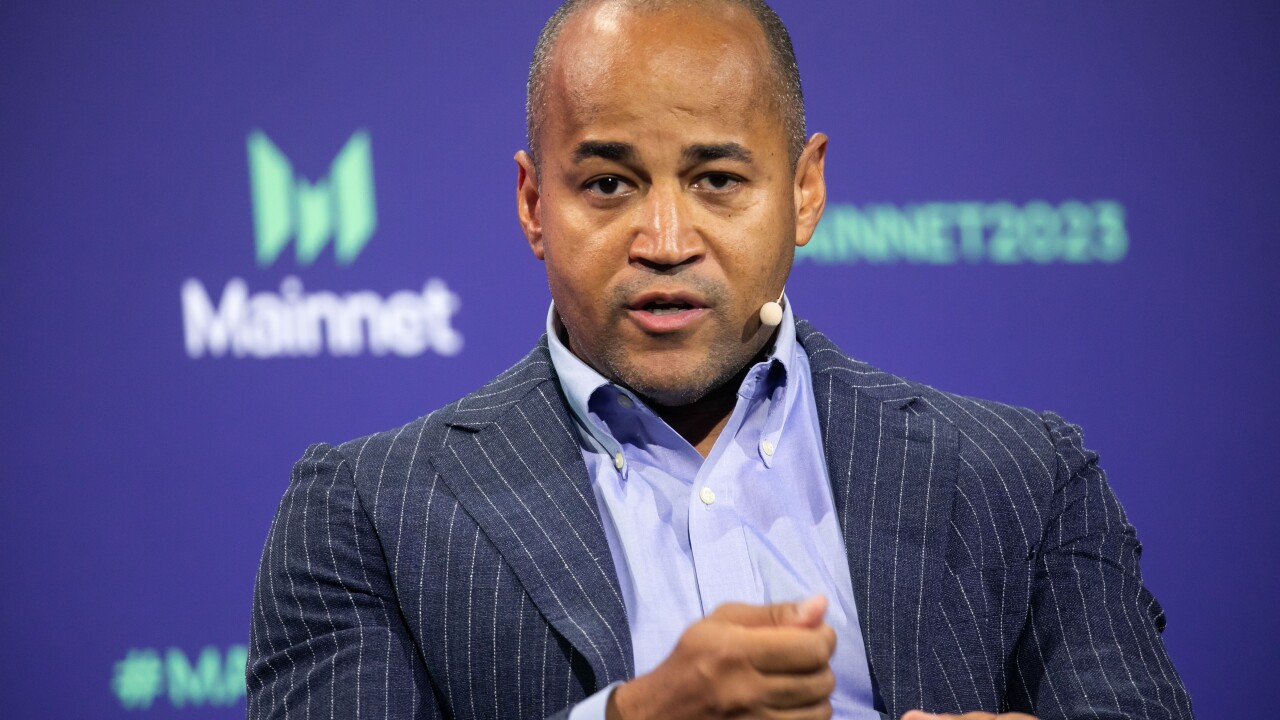Want unlimited access to top ideas and insights?
REDMOND, Wash.—Partners FCU, which serves Disney “cast members,” utilized an unusual strategy for selecting a new branch location.
About two years ago the $1.5 billion credit union began examining how it could relocate an underperforming branch in Fullerton, Calif. Working together with Disney, the Burbank-based institution analyzed anonymous cast member data all the way down to which parking lots had the highest levels of traffic. With that data Partners was able to identify the most highly used traffic corridors and relocated the branch south to Anaheim.
That branch, said CEO John Janclaes, had only 1% growth and was considered to be a maintenance branch, but it is now considered to be an acquisition branch because of the high level of member activity it sees as a result of the relocation.

Janclaes spoke as part of a panel at the Credit Union Analytics Summit held here on a panel that explored the big data implications for credit unions.
“When making key business decisions, what other data sets could you acquire to up the ante?” Janclaes challenged the crowd.
Shazia Manus, CEO of TMG (formerly known as The Members Group), also spoke on the panel, and she noted that the CUSO has worked with Partners to stop attrition by determining which members are most likely to leave the credit union in the next six to 12 months. Utilizing online banking data, debit card transaction patterns and other information from Partners, TMG was able to identify a variety of variables to spot potential member attrition – and as the process has gone on, noted Manus, more variables denoting potential attrition are being identified automatically.
“It’s getting smarter,” Manus said, and as the program improves the credit union is better able to make members better offers to keep them engaged.
While there are plenty of reasons for financial institutions to utilize big data, they are far from the only organizations using the tool. Manus offered the example of Walmart , which used data analytics to determine that Florida shoppers buy large quantities of flash lights and strawberry Pop Tarts shortly before big storms hit. One of the key lessons, she noted, is that Walmart didn’t worry about why consumers want Pop Tarts – it simply listened to what its customers wanted and stocked shelves accordingly.
Big data convert
Credit unions can do a lot with big data, but it’s not cheap – something First Tech FCU CEO Greg Mitchell said he was keenly aware of just four years ago. Since then, however, he’s become a convert.
“I wasn’t a big believer at first – I saw a big price tag,” he said. But Mitchell changed his tune after he began looking at the value derived from robust credit risk analytics. After all, he noted, one of the best ways to keep regulators happy is to be a data-driven shop with good analytics.
First Tech serves employees of huge technology companies like Microsoft and Amazon, and those members are very tech savvy. Big data, he said, helps keep those members happy, and if members aren’t happy the credit union runs the risk of becoming irrelevant.





